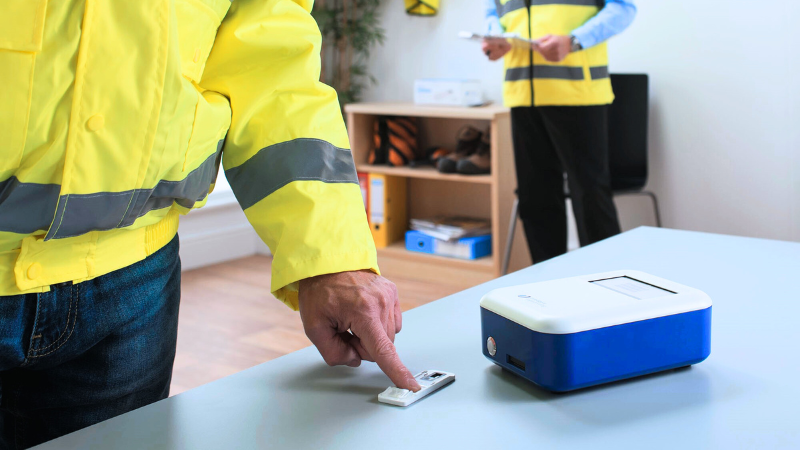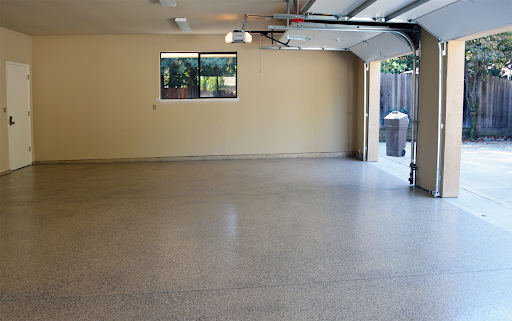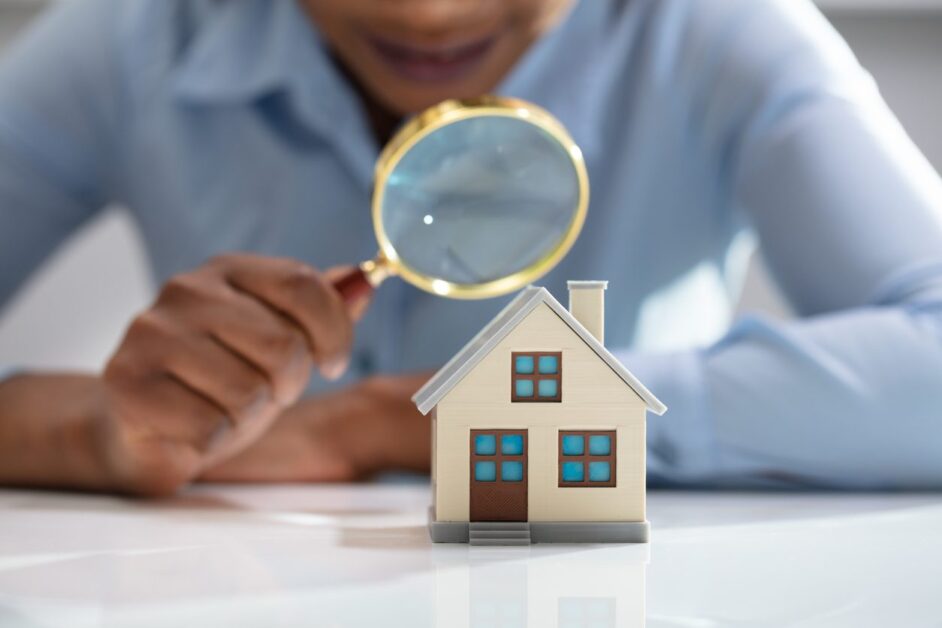Mold is more than just an unsightly inconvenience—it can pose serious risks to your health and your home if left untreated. Unfortunately, many homeowners overlook the early warning signs, allowing mold to spread and cause lasting damage. Knowing when to act can save you from costly repairs and potential health problems down the line.
If you’re living in Southeast Idaho, especially in older homes or homes affected by weather extremes, paying attention to the signs is crucial. Here’s a list of the top 10 signs you need mold remediation before it’s too late, with insights tailored for those considering mold remediation Idaho Falls services.
1. Persistent Musty Odor
Even if you don’t see mold, you might smell it. A musty, earthy scent—similar to damp wood or wet socks—is often the first clue. Mold can grow in hidden spaces like inside walls, behind baseboards, or under flooring. If the smell lingers despite cleaning, it’s time to consider a professional inspection.
2. Visible Mold Growth
This might sound obvious, but many homeowners mistake mold for dirt, soot, or water stains. If you see fuzzy, speckled patches that are black, green, white, or grayish in color—especially in corners, bathrooms, or near windows—this is likely mold. Small spots can quickly spread, so don’t ignore them.
3. Water Leaks or Recent Flooding
Mold thrives in moist environments. If your home has had a recent plumbing leak, roof damage, or basement flooding, mold could start forming within 24-48 hours. Even after the water is gone, lingering moisture in materials like drywall and carpet can fuel mold growth.
4. Peeling Paint or Wallpaper
When moisture builds up behind walls, it can cause paint and wallpaper to bubble, crack, or peel. This is often a sign that mold is growing underneath. If the surface is also discolored or damp to the touch, don’t wait—call for mold remediation Idaho Falls professionals.
5. Allergy or Respiratory Symptoms Indoors
Mold exposure can cause allergy-like symptoms such as sneezing, coughing, itchy eyes, and even asthma flare-ups. If you or a family member experiences these symptoms that improve when you leave the house, mold could be the culprit. The spores can circulate through your Idaho Falls HVAC system, affecting air quality throughout your home.
6. Stained or Discolored Walls and Ceilings
Dark streaks or stains on ceilings and walls are telltale signs of water damage and possible mold growth. These marks may appear brown, yellow, or black and often indicate that the issue is deeper than just surface discoloration.
7. Warped or Soft Flooring
Mold often hides beneath flooring. If your hardwood or laminate floor feels soft, warped, or bouncy in certain spots, water may have seeped underneath, encouraging mold to grow. Carpeting can also harbor mold, especially if it has been wet or damp.
8. Increased Humidity in Certain Rooms
High humidity—especially in bathrooms, basements, and kitchens—can accelerate mold growth. If your windows are frequently foggy, or if you notice damp air and condensation, it’s a sign your home may have poor ventilation or moisture control issues.
9. Previous Mold Issues Returning
If you’ve dealt with mold in the past and it’s come back, it’s a clear sign that the root cause wasn’t fully addressed. Mold remediation isn’t just about cleanup—it involves correcting the source of the moisture. Repeat outbreaks are a strong indicator that you need professional help.
10. Structural Damage or Crumbling Materials
Advanced mold damage can weaken the structural integrity of your home. If you notice crumbling drywall, rotting wood, or deterioration around windows, doors, and baseboards, the mold may have gone beyond a surface-level issue and could require extensive remediation.
Why Mold Remediation Matters—Especially in Idaho Falls
The climate in Idaho Falls—with its cold winters, occasional heavy snowfall, and spring thaws—creates the perfect storm for water intrusion and mold growth. Homes with poor insulation, aging roofs, or older plumbing systems are particularly vulnerable. That’s why it’s so important to act fast when you spot the signs.
If you’re seeing (or smelling) any of the signs above, don’t wait until it becomes a costly renovation project. Professional mold remediation Idaho Falls services can identify the source, contain the spread, and remove the mold safely and effectively.









